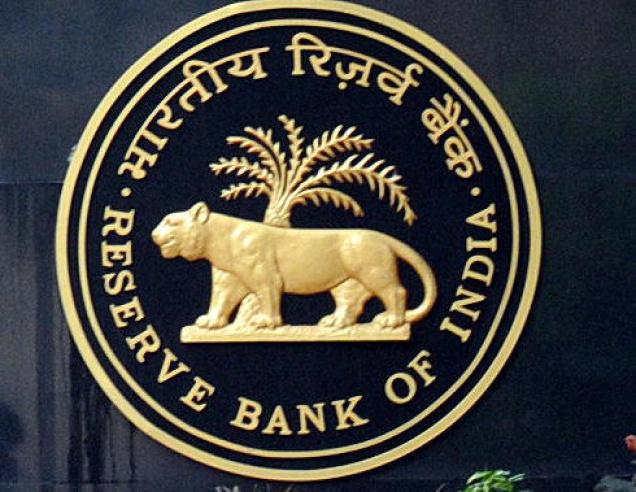
In the first column that we wrote this year, we said that even the Reserve Bank of India (RBI) is not sure of how deep the bad loans problem of India’s public sector banks, runs. And from the looks of it, the central bank has finally gotten around to admitting the same and doing something about it.
Up until now, the banks (including public sector banks) could use myriad loan restructuring mechanisms launched by the RBI and available to them, and in the process, postpone the recognition of a bad loan as a bad loan. Restructuring essentially refers to a bank allowing a defaulter more time to repay the loan or simply lowering the interest that the defaulter has to pay on the loan. Bad loans are essentially loans in which the repayment from a borrower has been due for 90 days or more.
These mechanisms came under fancy names like the strategic debt restructuring scheme to the 5/25 scheme. Banks, in particular public sector banks, used these mechanisms to keep postponing the recognition of bad loans as bad loans. This allowed banks to spread out the problem of bad loans over a period of time, instead of having to recognise them quickly.
This has led to a situation where the bad loans of public sector banks in particular, and banks in general, have kept going up, with no real end in sight.
We have seen senior bankers say, the worst is behind us, for more than a few years now. And that is clearly not a good sign.
The bad loans of banks jumped to 10.2 per cent as on September 30, 2017, up by 60 basis points from 9.6 per cent as on March 31, 2017. One basis point is one hundredth of a percentage.
This basically means that for every Rs 100 that banks have lent, more than Rs 10 has been defaulted on by borrowers. The situation is worse in case of public sector banks. For every Rs 100 lent by these banks, Rs 13.5 has been defaulted on by borrowers. For private sector banks, the bad loans stood at 3.8 per cent.
This has led to the RBI, having to revise its future projections of bad loans, over and over again. In fact, in every Financial Stability Report, published once every six months, the RBI makes a projection of where it expects the bad loans to be in the time to come. And in every report over the past few years, this figure has been going up.
As the latest Financial Stability Report points out: “Under the baseline scenario, the GNPA ratio [gross non-performing assets ratio] of all scheduled commercial banks may increase from 10.2 per cent in September 2017 to 10.8 per cent by March 2018 and further to 11.1 per cent by September 2018.”
In the Financial Stability Report published in June 2017, the RBI had said: “Under the baseline scenario, the average GNPA ratio of all scheduled commercial banks may increase from 9.6 per cent in March 2017 to 10.2 per cent by March 2018.”
In June 2017, the RBI expected the bad loans figure in March 2018 to be at 10.2 per cent. Now it expects it to be at 10.8 per cent. This is an increase of 60 basis points. This revision of forecasts had been happening for a while now. This is a problem that needed to be corrected. The bad loans of Indian banks need to be recognised properly, once and for all. The farce of the bad loans increasing with no end in sight, needs to end.
Earlier this week, the RBI did what it should have done a while back. But, as they say, it is better late than never. India’s central bank has done away with half a dozen loan restructuring arrangements that were in place and which allowed banks to keep postponing the recognition of their bad loans as bad loans.
As per a notification issued on February 12, 2018, a bank has to start insolvency proceedings against a defaulter with a default of Rs 2,000 crore or more, if a resolution plan is not implemented within 180 days of the initial default. The banks will have to file an insolvency application, singly or jointly (depending on how many banks, the borrower owes money to), under the Insolvency and Bankruptcy Code 2016 (IBC) within 15 days from the expiry of 180 days from the initial default.
The resolution plan can be anything from lowering of interest rate, to converting a part of the loan into equity or increasing the repayment period of the loan. The banks have a period of 180 days to figure out whether the plan is working or not. If it is not working, then insolvency proceedings need to be initiated.
This particular change will not allow banks to keep postponing the recognition of bad loans, as they have been up until now. One impact of this move will be that the bad loans of public sector banks will shoot up fast in the near future. While that is the bad part, the good part is that now we will have a better understanding of how bad the bad loans problem of Indian banks really is. The farce of every increasing bad loans is likely to end quickly.
In addition to this, the notification has also asked the banks to report to the Central Repository of Information on Large Credits (CRILC), all details of borrowers who have defaulted and have a loan exposure of Rs 5 crore or more. This has to be done weekly, every Friday. This will give the RBI a better understanding of the bad loans problem. And with more information at its disposal, it will also be in a position to see, whether banks are recognising bad loans as bad loans, or not.
While this is a good move, it does not solve the basic problem of the public sector banks i.e. they are public sector banks. With these changes made by the RBI, the real extent of the bad loans problem is expected to come out. With more bad loans, more capital will have to be written off in the days to come. This means that the government, as the major owner of public sector banks, will have to infuse more capital into these banks, if it wants to maintain its share of ownership in these banks. And from the looks of it, there is no reason to suggest otherwise. This means that the taxpayer funded bailout of public sector banks, is likely to get bigger in the days to come.
As we have been saying for a while, the government only has so much money going around, and if the taxpayer funded bailouts of public sector banks bailout are likely to get bigger, that money has to come from somewhere.
Where will that money come from? The money will come from lesser government spending on agriculture, education, health etc. That is something which has been happening for the last few years. It will also come from more farcical decisions like LIC buying shares in other public sector enterprises, and companies like ONGC having to borrow money to buy a big stake, in companies like HPCL, with the overall government ownership not changing at all.
As we like to say very often, the more things change, the more they remain the same.
The column was originally published on Equitymaster on February 14, 2018.



